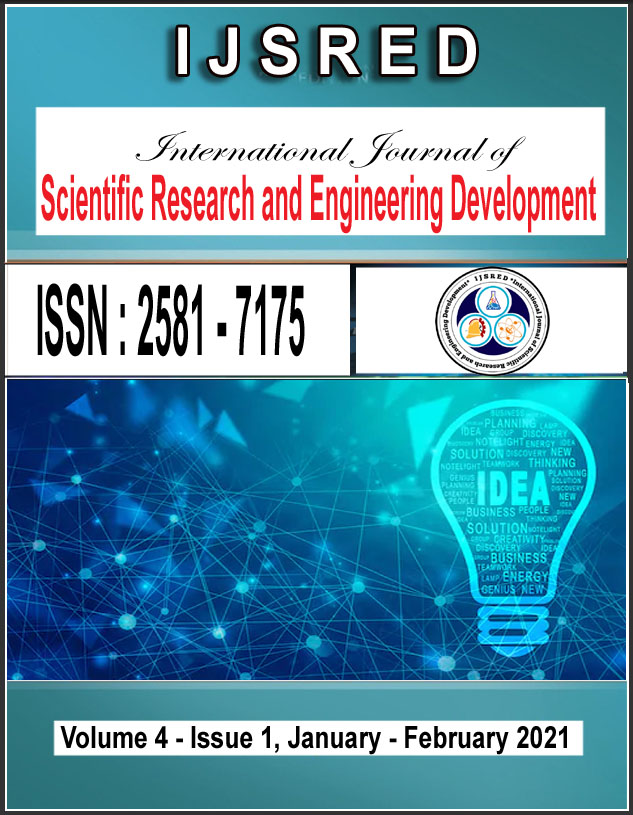 |
International Journal of Scientific Research and Engineering Development( International Peer Reviewed Open Access Journal ) ISSN [ Online ] : 2581 - 7175 |

Lean Production Applied in Civil Construction: Application of the Last Planner System Methodology
 |
International Journal of Scientific Research and Engineering Development (IJSRED) | |
| Published Issue : Volume-4 Issue-1 | ||
| Year of Publication : 2021 | ||
| Unique Identification Number : IJSRED-V4I1P95 | ||
| Authors :Lopes,S.J.C, Dias,S.C, Silva,H.D.A, Sousa,L.M, Nascimento,L.G, Menezes,M.S, Ferreira,E.B, Filho,P.H.N.S | ||
Abstract :
The objective of this research is to elaborate a proposal for the application of the Last Planner System (LPS) methodology in the planning of a medium-sized civil construction work, with repeated production scale, presenting a project, spreadsheets and weekly monitoring model. This methodology was applied as a model for planning the construction of popular 45m² houses following the same pattern. A three-level LPS sequence was used, namely Initial Planning, Lookahead Planning and Commitment Planning. The first level was a form of master planning, where the initial information of the work is collected. This level is used to facilitate the identification of the main objectives of the work and to define the rhythms of the main production process. In the second level, an adjustment is made to the initial plan and its detailing is improved, it also serves as a form of protection for production, a restriction that prevents the release of activities that do not comply with the quality criteria, controlling the release of activities of the mediumfor the short term only after analyzing and removing all possible impediments at each stage. The third level happens according to weekly work plans, in which the execution of the construction is directly guided, through the assignment of service packages to the teams, observing their commitment to carry them out. The elaborated proposal improved the process management, reduced material waste and served as a pattern for the construction of other buildings.
